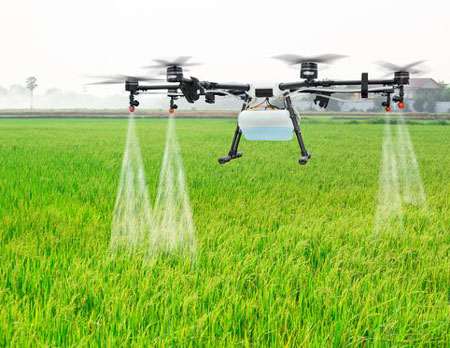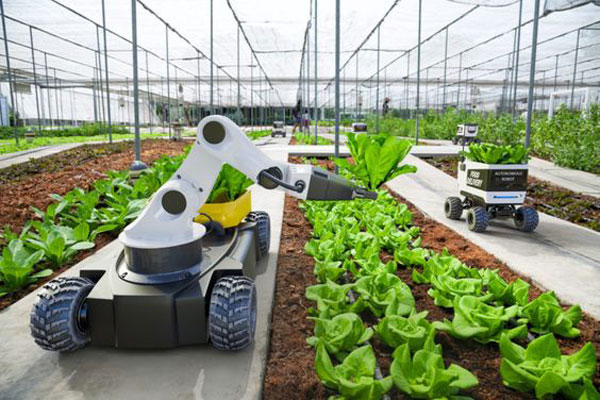Ridge Gourd
Powdery Mildew
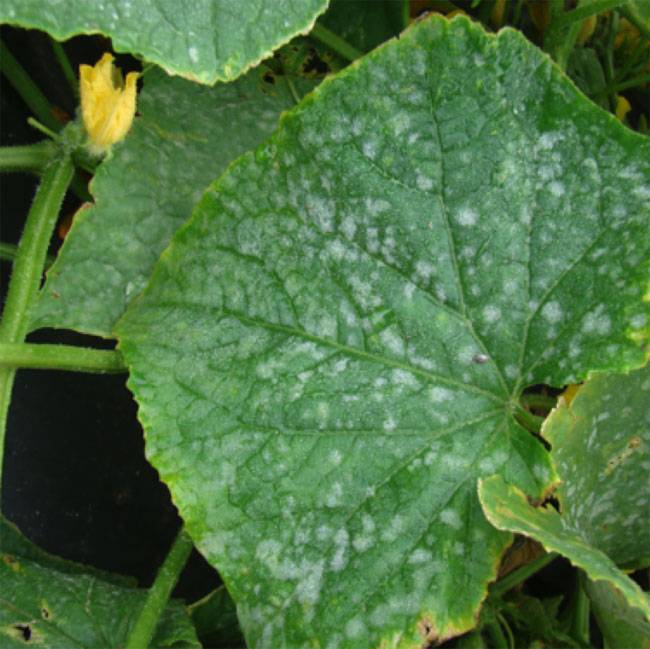
Erysiphe cichoracearum
Fungal Disease
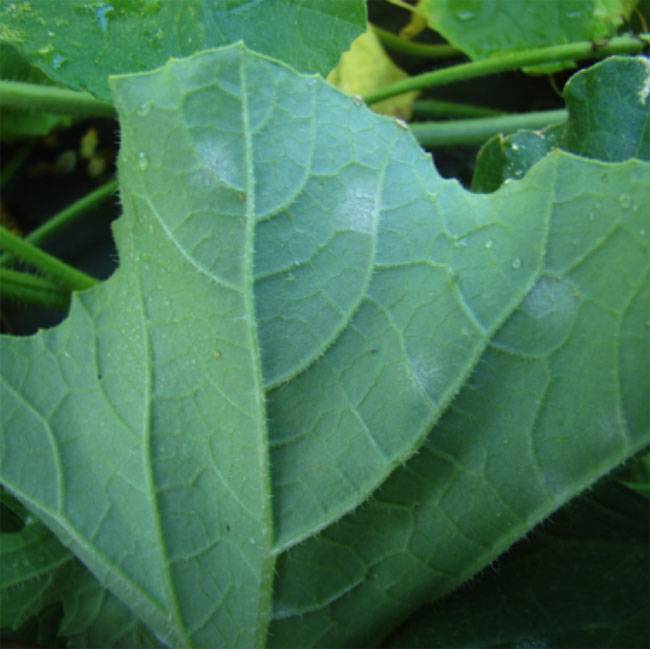
Erysiphe cichoracearum
Fungal Disease
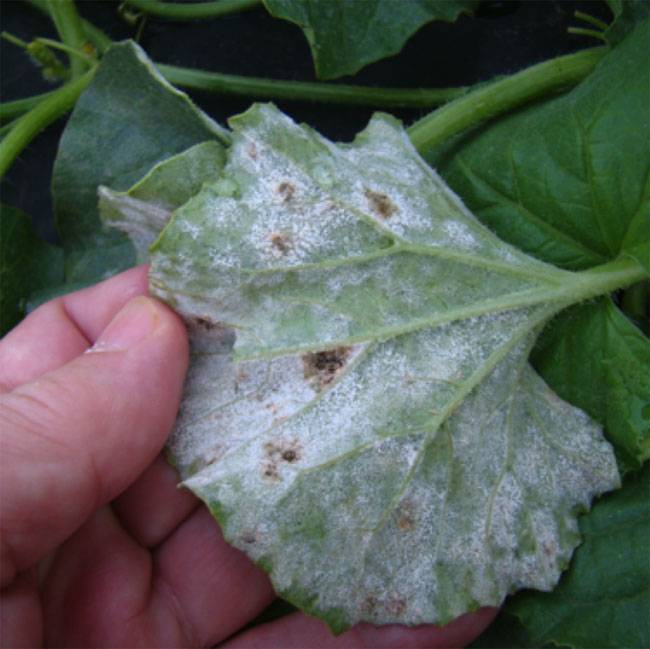
Erysiphe cichoracearum
Fungal Disease
Erysiphe cichoracearum is a fungal pathogen causing powdery mildew in various plants. This disease significantly affects plant health by weakening the plant, reducing fruit yield, and causing premature fruit ripening. It thrives under moderate temperatures and specific humidity levels, making it a recurring issue in many agricultural settings.
Key Points About Erysiphe cichoracearum
1. Symptoms
- Initial Signs: Pale yellow spots on leaves.
- Progression:
- White powdery spots appear on upper and lower leaf surfaces, stems, and fruits.
- Spots expand into large blotches, covering leaves, petioles, and stems.
- Infected leaves yellow, distort, and drop prematurely.
- Impact on Plants:
- Weakens the plant and reduces fruit size and yield.
- Infected fruit ripens prematurely and may suffer sunburn due to loss of foliage.
2. Favorable Conditions
- Temperature:
- Optimal disease development at 20–25°C.
- Temperatures above 30°C are detrimental to spore germination and disease progression.
- Short daily periods of 35°C can suppress disease development by 70–92%.
- Humidity (RH):
- Intermediate RH (50–70%): Ideal for spore germination and disease development.
- Low RH (20–40%): Reduces spore germination and accelerates host tissue death.
- High RH (80–90%): Favors spore germination but limits lesion growth with prolonged exposure.
3. Disease Spread
- Transmission:
- Spores are carried by wind, enabling rapid spread.
- Warm, dry conditions promote the formation of new spores.
4. Management Strategies
- Cultural Practices:
- Ensure good air circulation by proper spacing and staking of plants.
- Control weeds to reduce shaded, humid areas.
- Preventive Measures:
- Use resistant varieties in areas with a history of powdery mildew.
- Apply fungicides if disease pressure is high.
- Environmental Management:
- Avoid planting in conditions that favor moderate temperatures and high humidity.
Conclusion
Powdery mildew caused by Erysiphe cichoracearum is a significant challenge for crop production. Recognizing early symptoms and adopting integrated management strategies, including good cultural practices and fungicide application, are essential to prevent yield losses and ensure healthy crop growth.


